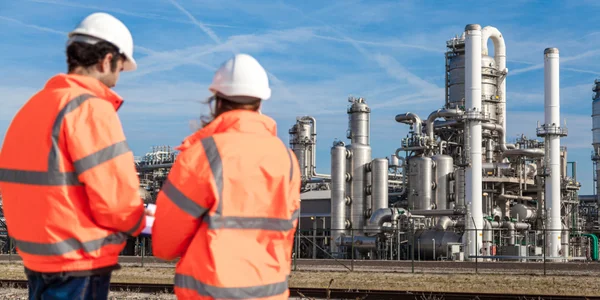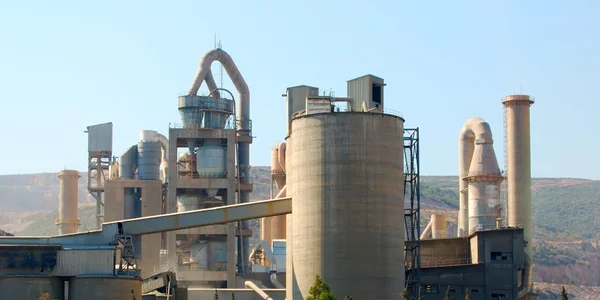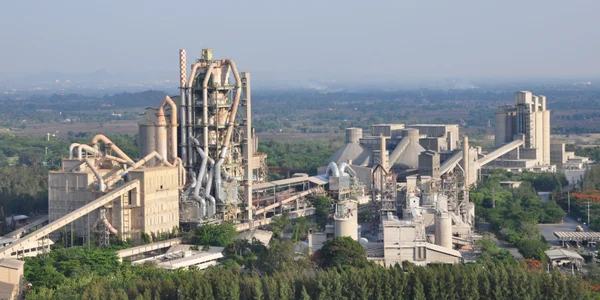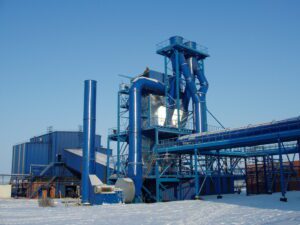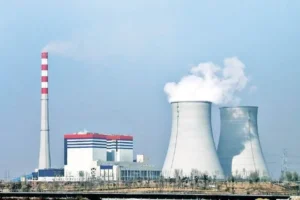Bureaux
SIÈGE SOCIAL

Allemagne
-
Filtre intensif Himenviro Technologies GmbH
Neustraße 45 - 49, 42553, Velbert, Deutschland/Allemagne - +49 20534200990
BUREAU RÉGIONAL

Grande-Bretagne
-
Filtre intensif Himenviro UK Limited
47, Bath Street WS13BX, Wallsall West Midlands, Grande-Bretagne - +44 1922 628893
BUREAU RÉGIONAL

Émirats arabes unis
-
Filtre intensif Himenviro Technologies FZE – LLC
Centre d'affaires, Sharjah Publishing City Free Zone, Sharjah, Émirats arabes unis - +971-556074697
BUREAU RÉGIONAL

Inde
-
Filtre intensif Himenviro Private Limited
D-247/11, Secteur-63, Noida - 201301, Uttar Pradesh, Inde - +91-120-4642-500
BUREAU RÉGIONAL

Inde
-
Filtre intensif Himenviro Private Limited
D-247/11, Secteur-63, Noida - 201301, Uttar Pradesh, Inde - +91-120-4642-500
BUREAU RÉGIONAL

Inde
-
Filtre intensif Himenviro Private Limited
D-247/11, Secteur-63, Noida - 201301, Uttar Pradesh, Inde - +91-120-4642-500
Steel & Metal Air and Dust Filtration Solutions
The steel and metal industries generate intense levels of airborne pollutants, including fine dust, metal particles, and fumes, which, if uncontrolled, can lead to environmental contamination, health risks for workers, and equipment damage. Our air and dust filtration systems are tailored to handle these high-demand environments, capturing emissions from melting, smelting, casting, and finishing processes. Engineered to withstand high temperatures and particulate loads, our solutions improve air quality, enhance regulatory compliance, and protect workforce well-being, ensuring a cleaner, safer production environment.
Dust Filtration Process in the Steel & Metal Industry
Le four à arc électrique est utilisé pour la fabrication d'aciers de construction, d'aciers de haute qualité et aciers inoxydables. De plus, il est utilisé pour la fabrication de carbures et de cristaux synthétiques.
Les installations de dépoussiérage pour fours à arc électrique extraient et épurent entièrement les gaz résiduaires primaires du four à arc, ainsi que les gaz résiduaires secondaires produits lors de la fusion, de l'écoulement ou du chargement et du décrassage. Les gaz résiduaires qui se forment dans le four à cuve, lors de la manutention des matériaux et dans d'autres installations annexes sont extraits et traités.

Filtre pour hotte de toit
Filtre pour EAF
- 1. Capot de toit
- 2. Filtre pour hotte de toit
- 3. Ventilateur
- 4. Cheminée
- 5. Four à arc électrique
- 6. Tubes refroidis par eau
- 7. Échangeur de chaleur
- 8. Filtre pour EAF
- 9. Ventilateur
- 10. Convertisseur
Spécifications requises
Titre du filtre PJM
Titre du filtre PJM
Applications for Steel & Metal Dust Control
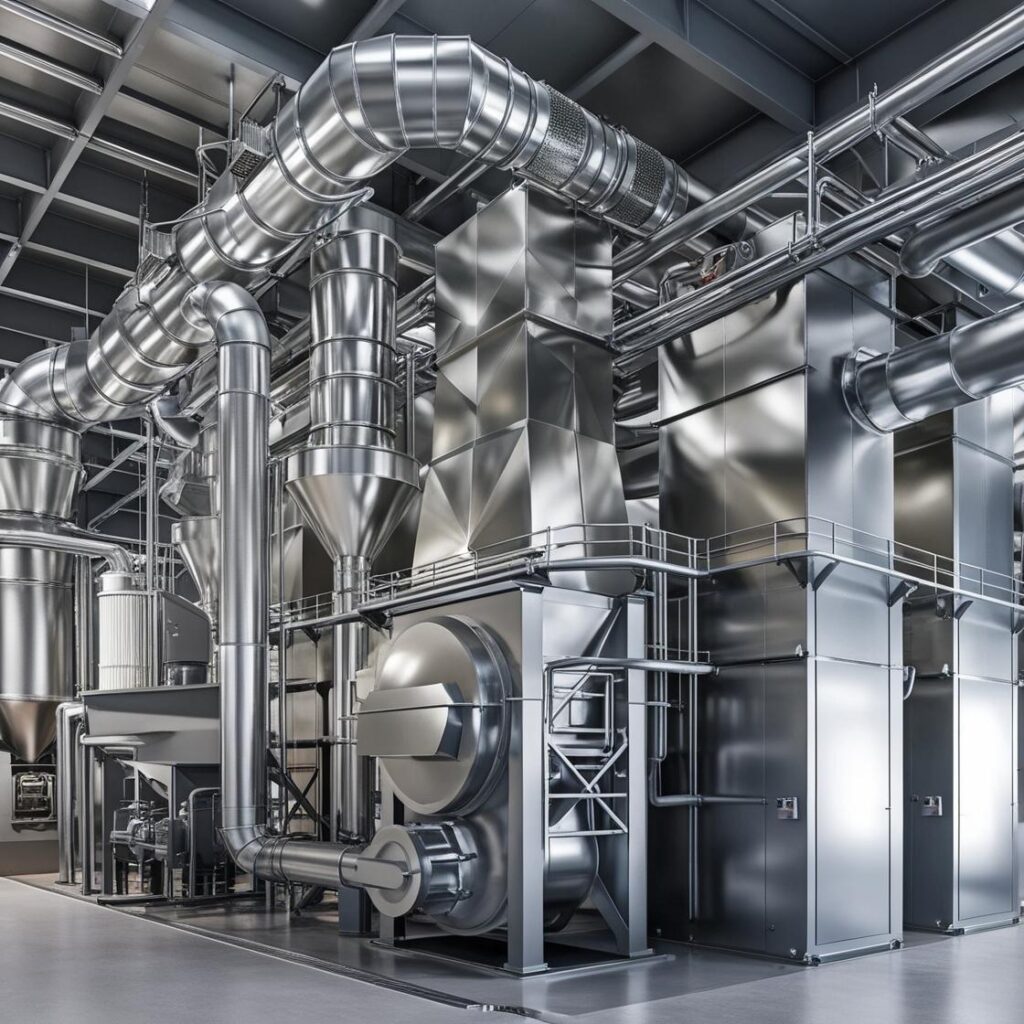
Controls dust and fumes released during smelting and melting, capturing hazardous particles generated in high-temperature furnaces.
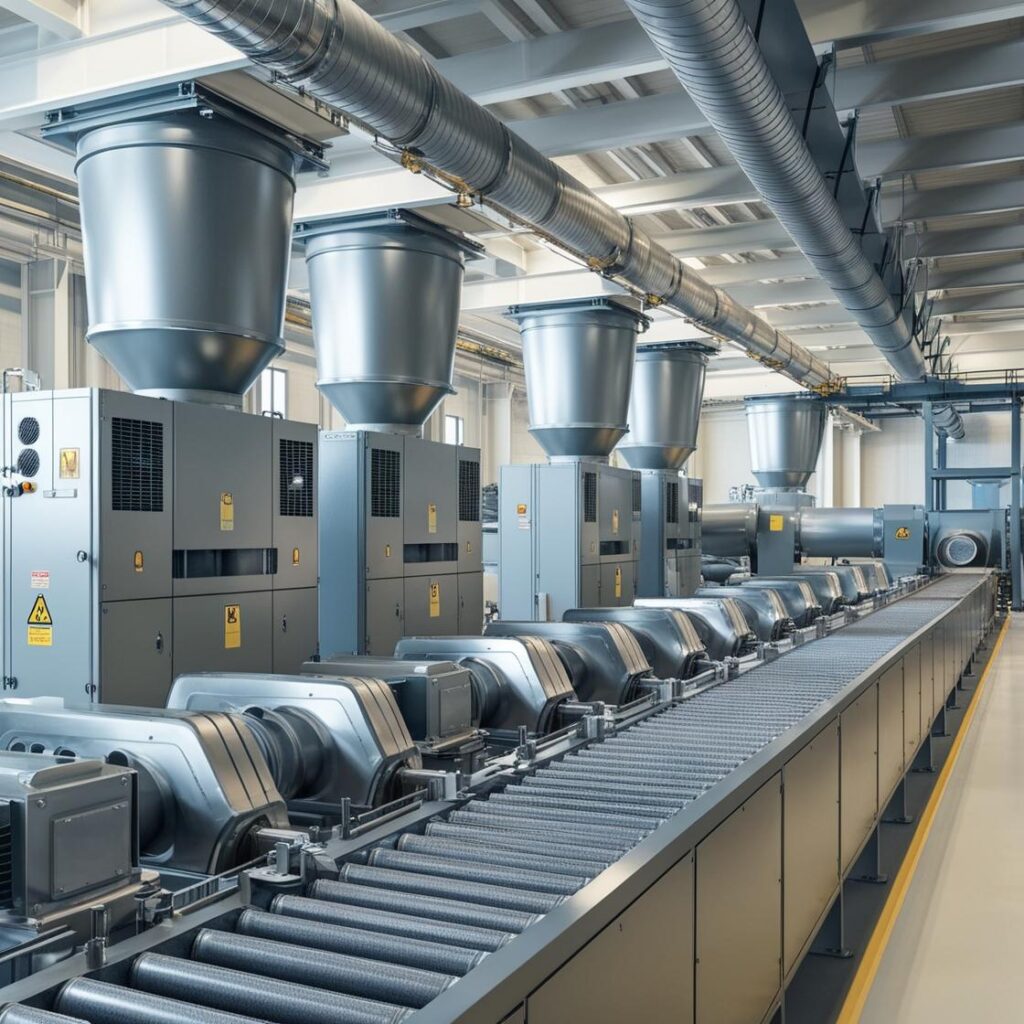
Reduces emissions from casting operations, capturing airborne particulates and metal fumes that can impact air quality.

Removes fine dust and metal shavings produced during grinding and polishing, preventing contaminants from affecting product quality and worker safety.
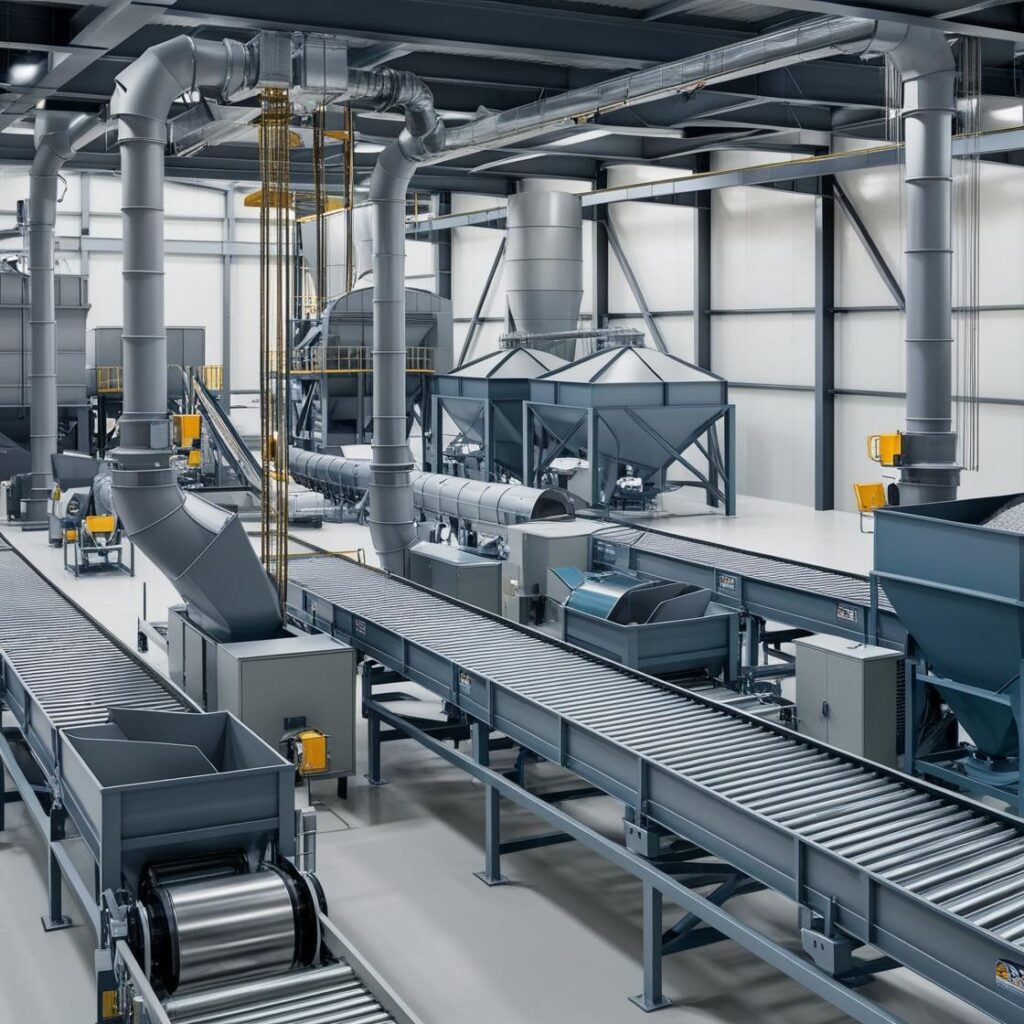
Controls dust generated during material handling, transport, and storage, minimizing particle release into the work environment.
Contactez-nous pour une consultation d'expert
Découvrez nos autres services !
Questions fréquemment posées
In steel and metal processing, common filtration systems include baghouse filters, electrostatic precipitators (ESPs), wet scrubbers, and cyclone separators. Baghouse filters use fabric bags to capture dust particles, while ESPs use electrical charges to remove particulates from exhaust gases. Wet scrubbers remove pollutants by introducing a scrubbing liquid, and cyclone separators use centrifugal force to separate dust from gas streams. The choice of system depends on factors such as particle size, gas temperature, and specific process requirements.
Filtration systems enhance air quality by effectively capturing and removing particulate matter and pollutants generated during metal processing. By reducing emissions, these systems help facilities comply with environmental regulations and standards, thereby minimizing their environmental impact and promoting a safer workplace.
ESPs offer high efficiency in removing fine particles, achieving up to 99% efficiency, which is particularly beneficial in steel manufacturing where flue gas emissions often contain fine dust particles. They are capable of handling large gas volumes and operate effectively at high temperatures. Additionally, ESPs have relatively low pressure drops, resulting in lower energy consumption during operation.

